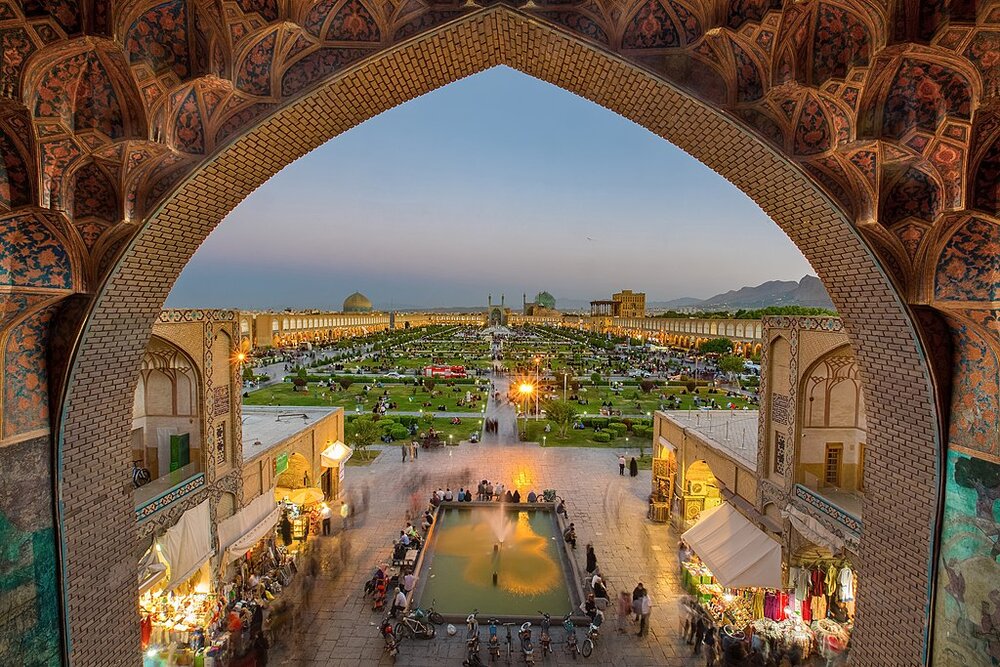Isfahan museums welcome visitors after COVID shutdown

TEHRAN – Museums and cultural heritage sites across Isfahan province reopened to visitors on Sunday after months of closure caused by the COVID pandemic, according to a local tourism official.
“Fortunately, with the measures devised by the National Headquarters for Coronavirus Control, the indicator of coronavirus infections in the province has changed from the color red to orange, and this has made it possible to reopen its historical monuments and tourist sites,” Seyyed Rouhollah Seyyed-Asgari said, CHTN reported.
Soaked in a rich history and culture, Isfahan was once a crossroads of international trade and diplomacy in Iran. Now, it is one of Iran’s top tourist destinations for good reasons.
The ancient province is filled with many architectural wonders such as unmatched Islamic buildings, bazaars, museums, Persian gardens, and tree-lined boulevards. Its capital, Isfahan, is also a destination for walking, getting lost in its mazing bazaars, dozing in beautiful gardens, and meeting people.
The city has long been nicknamed as Nesf-e-Jahan which is translated into “half the world”; meaning seeing it is relevant to see the whole world. In its heyday, it was also one of the largest cities in the region with a population of nearly one million.
Isfahan is renowned not only for the abundance of great historical bridges but also for its ‘life-giving river’, the Zayandeh-Rood, which has long bestowed the city an original beauty and fertility. The cool blue tiles of Isfahan’s Islamic buildings, and the city’s majestic bridges, contrast perfectly with the encircling hot, dry Iranian countryside.
The huge Imam Square, best known as Naghsh-e Jahan Sq. (literary meaning “Image of the World”), is one of the largest in the world (500m by 160m), and a majestic example of town planning. Built in the early 17th century, the UNESCO-registered square is punctuated with the most interesting sights in Isfahan.
Modern Isfahan is now home to some heavy industry, including steel factories and a nuclear facility on its outskirts, however, its inner core wants to be preserved as a priceless gem.
AFM
